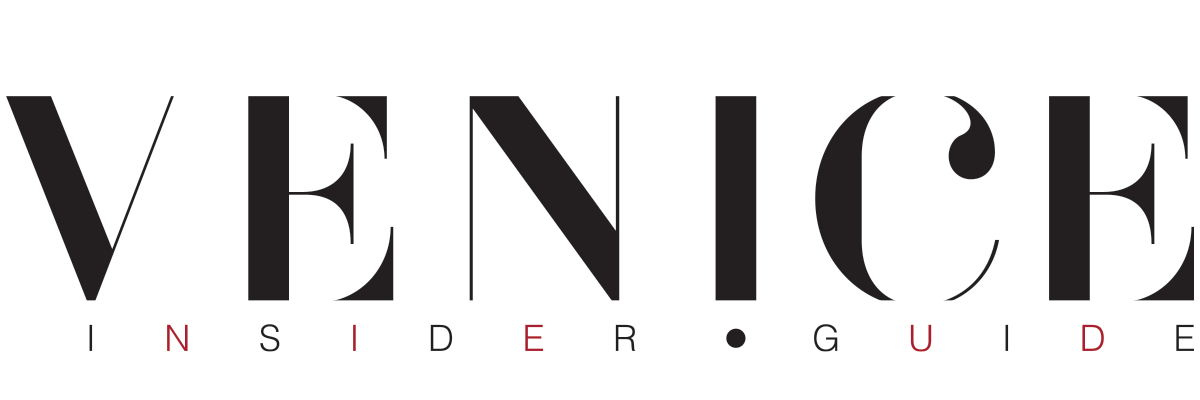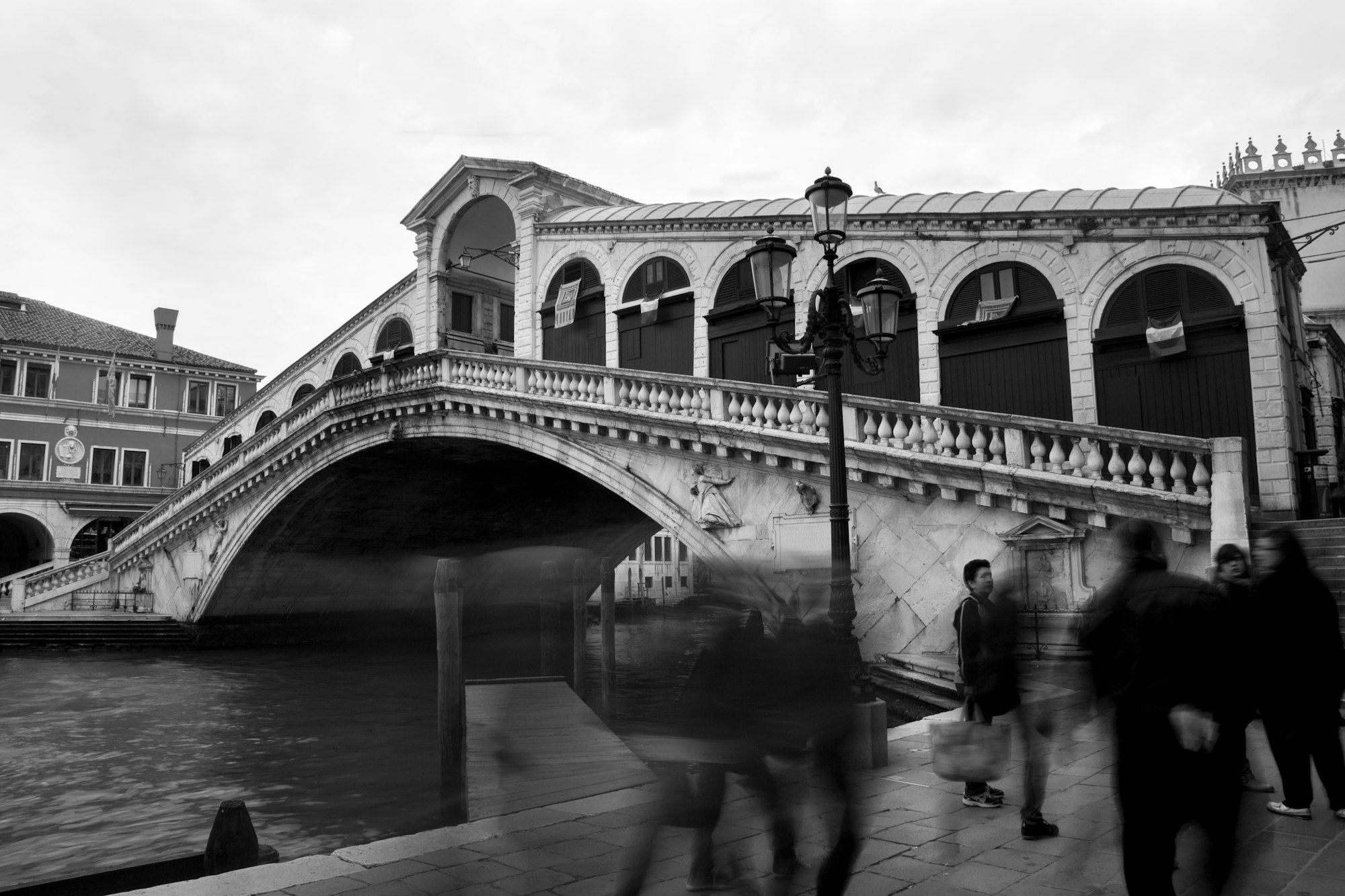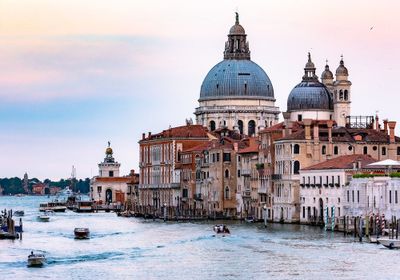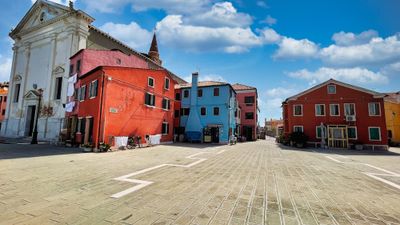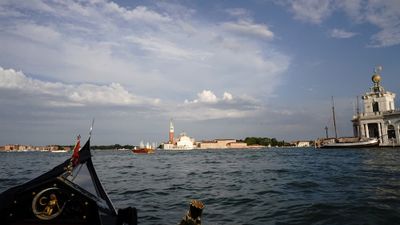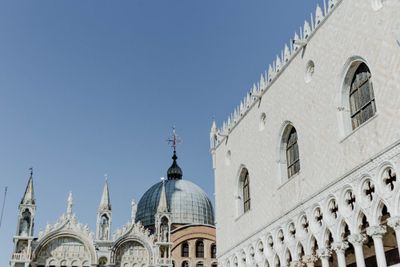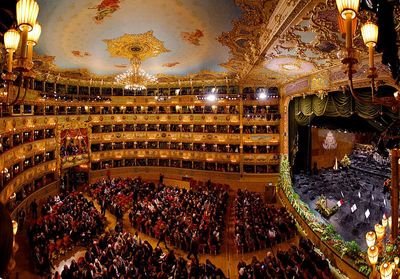Rialto Market is one of the main institutions of Venice. It has been here since the very beginning of the city of Venice and if you think that is great, lively and big you should have seen it at the time of the Serenissima when it was even livelier and bigger!
Now it’s the most popular market of Venice and of course it’s not attended only by visitors and tourists. Here you can find fresh fruit and vegetables, as well as souvenirs and any product which is typical of the Venetian hand craftsmanship.
However, the Rialto area is especially recommended by locals (and, ofc, we guarantee!) for its great fish market, the most important and famous in Venice.
So let’s find out more about Rialto Market, its history, how it is organized, when it is open and how to get there.
Rialto Market in Venice: why it is a must visit in Venice
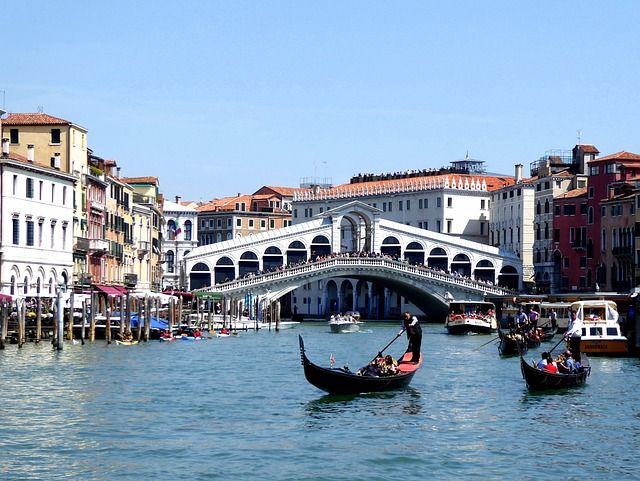
We are sure that once you arrive in Venice, one of the first things you will do is going to Saint Mark’s Square. On your way to this iconic square of Venice, it’s likely that you will have to cross the most famous bridge of Venice (which you can see in the picture).
Being a bridge connecting San Polo to San Marco Sestiere, in fact, it is located in the true heart of Venice.
The Market, from which the bridge takes its name, is right close to it. You will find many permanent stalls selling all kinds of goods and souvenirs.
Of course, you will be amazed by the many things you will see in the area surrounding Rialto. Many tourists, visitors and many locals as well. If you decide to take your time to explore Rialto you will also find areas dedicated to the fruit, vegetables and fish market which are open only on precise moments of the week.
That’s precisely where we want to take you on this tour. Across the history of the marvelous Rialto Market of Venice!
The History of Rialto Market: a story that truly begins with the city
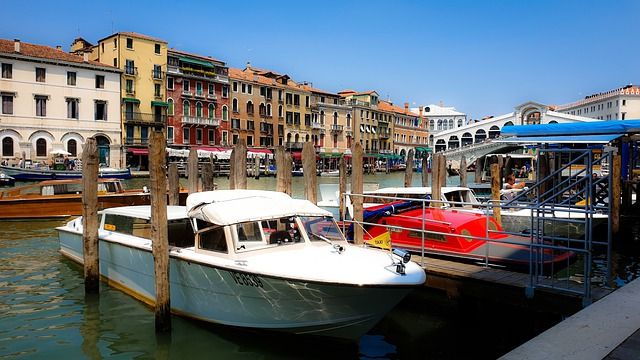
We would like to give you just a few bites of the history of this great place.
At the very beginning, Rialto was the center of the economical and commercial life of Venice. We are speaking about the XI century, more and less.
Not many centuries later the famous bridge was built and the Rialto Market was able to grow its importance. You have to imagine that it was the financial center not only of the city, but a true hub between the East and the West.
Goods coming from all over the world, among which also silk and spices, perfumes and precious stones, arrived just here in Venice. But this was also the center of the trade of fresh products: not only fruit and vegetables, but also fish, meat and dairy products.
In fact, the area of the Rialto Market was so extended that it was necessary to subdivide it into sectors. Would you like to have a quick tour?
1. The “Pescaria”, the fish market
This is the most famous area of the Rialto Market. “Pesce” in Italian means “fish”, so that was the area where the catch of the day was sold.
At the time of the Serenissima there were actually two great fish markets. The other one was close to the Zecca of Venice, a palace located in Saint Mark (now part of the Marciana Library).
As Venice is a city built on water, fishing was so important that there was a special institution checking the freshness and size of the fish. In the Rialto Fish Market there is still today a white marble board indicating the minimum length required for the fish to be sold (edict of 1173).
However, how does it look like today? The Pescaria is located under the lodges in front of the canal.
2. The “Erbaria”, the market of spices and herbs
It was an open air market where herbs, spices and also fruit and vegetables from the countryside were sold.
If you like to explore this area, and we totally recommend you to do so, the ancient Herbaria is full of bars and bacari where you can have a nice and traditional aperitif.
3. The “Naranzeria”
In Venetian dialect, “naransa” means “orange”. In fact, that was precisely the place where citrus fruits were sold. You have to imagine the wonderful smell of this particular area of the market.
Nowadays it hosts some bars.
4. The “Casaria”: not just a place for milk and cheese
In the Italian language there is still a word there reminds of “Casaria” and its “caseario”. It means something related to dairies. In fact, here, milk and cheese were abundantly sold. Not only diaries, though.
The “Casaria”, in fact, was also the place to buy oil and pork.
5. The “Beccaria”
At the time of the Serenissima Republic, the “Becheri” were people who slaughtered and sold beef and sheep.
In 1339, a public slaughterhouse was built in Campo delle Beccarie, while other small slaughterhouses were scattered throughout the city. Also in the area was the “Fontego del curame”, a place for sorting and selling leather.
In the first half of the nineteenth century, Venice decided, mainly for hygienic and sanitary reasons, to bring the numerous slaughterhouses together in one place. They were in fact moved to San Giobbe, on the outskirts of the Rialto and San Marco districts. Nowadays it is the modern and elegant seat of the Economics Pole of the Cà Foscari University of Venice.
These five areas were the main ones. However there were also places dedicated to the artisans of Venice. For example, the “Ruga degli Oresi” was for people selling gold and precious metals; the “Ruga degli Spezieri” was instead dedicated to apothecaries, and so on.
The Rialto Market today: what to see and opening hours
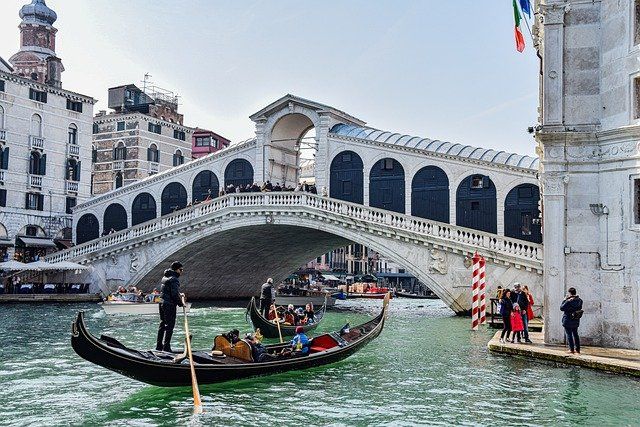
Now that we have explored the history of the Mercato di Rialto, as it is called in Italian, let’s find out what still remains today.
If you come here and visit it, you will see that just Pescaria and Herbaria still exist. In other words, the fish and the fruit and vegetables market.
In the surrounding area you will see many and many shops, stalls, bars and good bacari for a great (and sometimes also expensive) aperitif.
However, if you want to visit the two markets, and maybe buy somethings, here are their opening hours.
- Fish market: from Tuesday to Friday from 7.30 AM to 12.00 PM.
- Fruit and vegetables market: from Monday to Saturday from 7.30 to 1.00 PM.
How to get to the Rialto Market
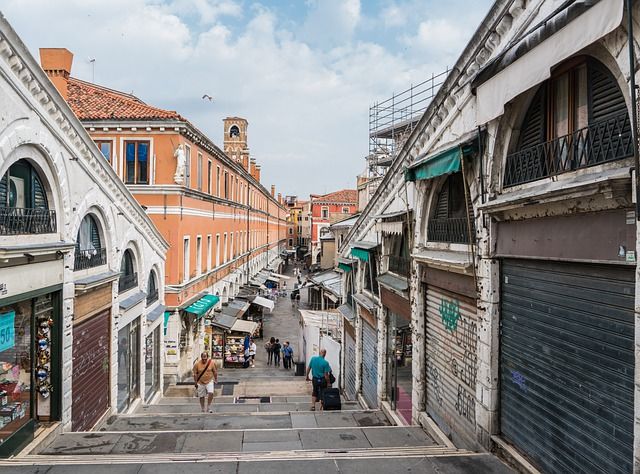
Of course you can come here after a nice walk.
In case you want to come here by water bus ("vaporetto" in Venetian dialect), there is nothing simplier.
Next to the Rialto bridge, in fact there is the water bus stop called “Rialto”. You can get here by water bus #1 or #2 and #2/. Line #1 is a little slower than the other two.
Our tips to visit the Rialto Market (from a local point of view)
Yeah, you know already: we are locals! We live and work here but, above all, we are madly in love with our city.
So what are our local tips to visit the greatest market of the city?
- If you like to buy something you are more than welcome but, please, buy local!
- In case you want to breathe the true atmosphere of the market and talk to locals about the city, the products you are interested in or the recipes you may prepare, come here early in the morning! Actually, come here when the locals do.
- Rialto Market is the perfect place to have an aperitif and dine. However, in case you’d like something quieter just keep exploring the Market surrounding areas. It’s an area with plenty of bars, pizzerias and bacari. You may also find our restaurant!
We look forward to seeing you as soon as possible!
